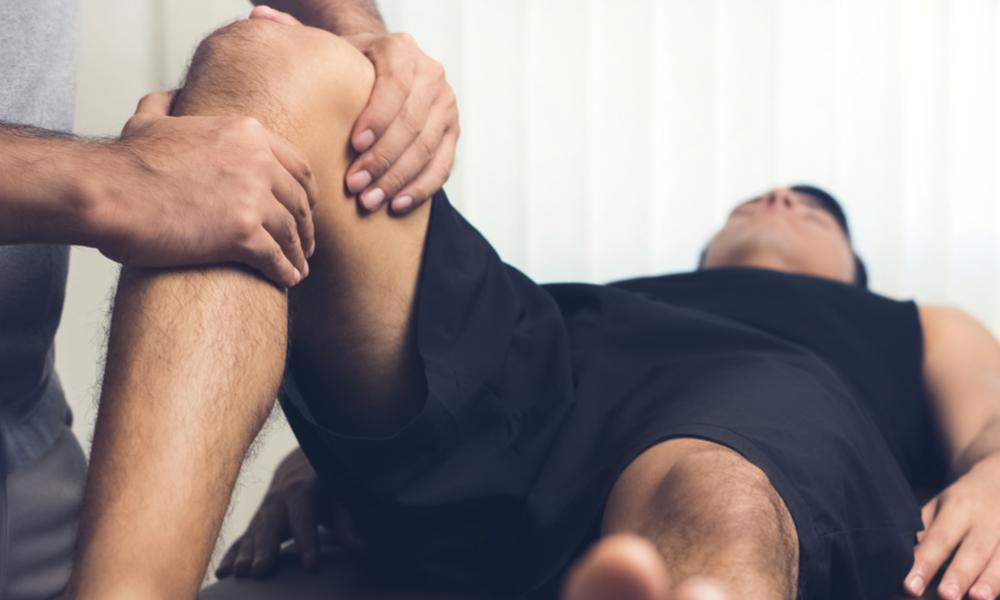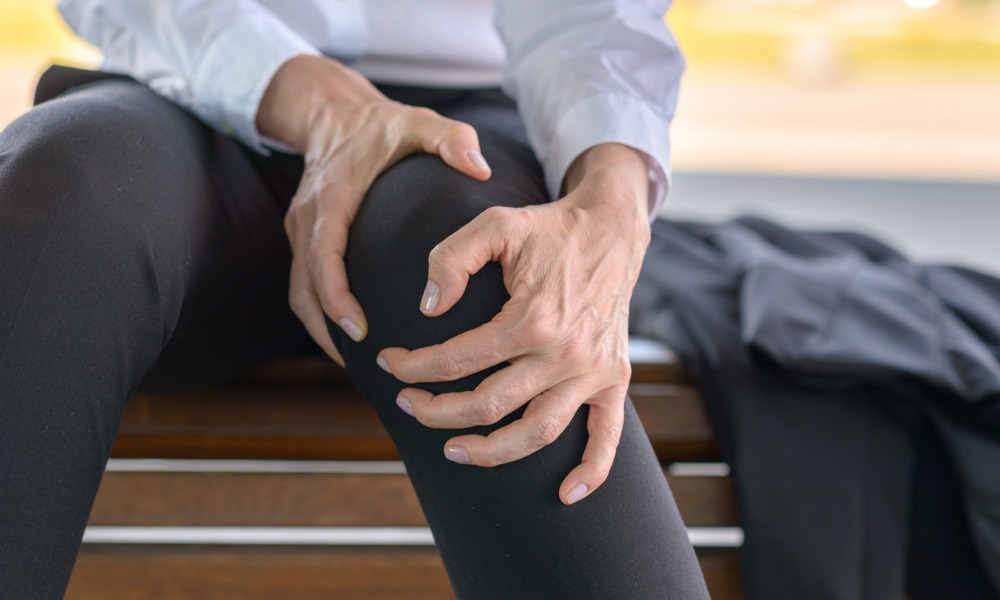The sedentary lifestyle so common in the U.S., dominated by desk jobs, long commutes, and screen time, is taking a quiet toll on joint health. While we often focus on hitting fitness goals or managing weight, the role of joint care in sustaining mobility is frequently overlooked until pain or stiffness sets in. However, your joints play a central role in every movement you make, and taking care of them now can prevent significant problems later.
Being proactive about joint health isn’t just for the elderly or people recovering from injuries; it’s essential for anyone who wants to stay mobile and active well into the future.
Here’s why paying attention to your joints matters and how you can preserve their health.
The Cost of Poor Joint Care
Neglecting your joints doesn’t just impact your comfort; it threatens your independence. Reduced mobility directly affects your ability to work, exercise, and enjoy hobbies. For example, degenerative joint conditions such as osteoarthritis often require surgery or lead to dependency on aids like canes or walkers if not addressed early.
Tips for Maintaining Joint Health
The good news is that healthy joints aren’t solely a matter of genetics. By being mindful and taking intentional steps, you can significantly improve joint durability and function.
1. Stay Physically Active
Movement keeps joints lubricated and strengthens the muscles around them, providing better support. Lack of activity leads to stiffness and contributes to cartilage breakdown over time.
Incorporate low-impact exercises like swimming, walking, or cycling into your routine. Yoga and Pilates are also excellent choices for building flexibility and improving joint stability.
2. Watch Your Weight
Excess weight puts unnecessary stress on load-bearing joints like the knees, hips, and lower back. For each extra pound of body weight, your joints experience an additional 4 pounds of pressure during movement, increasing the risk of degeneration.
Focus on a nutrient-dense diet with plenty of fruits, vegetables, and lean protein while staying mindful of caloric intake. Even small weight losses can make a difference in joint health.
3. Strengthen the Right Muscles
Strong muscles around your joints act as protective shields, reducing strain and preventing injuries. Weak quads, for example, increase the risk of knee pain and instability.
Incorporate bodyweight exercises like squats, lunges, and planks to build strength in supportive muscle groups.
4. Stretch and Maintain Flexibility
Stiffness limits your range of motion and increases the risk of joint injuries. Stretching regularly can help keep tendons and ligaments supple and your joints mobile.
Implement a daily flexibility routine, including dynamic stretches before exercise and static stretches afterward. Focus on areas like your hips, hamstrings, and shoulders.
5. Prioritize Recovery
Pushing through pain or neglecting rest after high-intensity activities can lead to inflammation or overuse injuries. Recovery time allows your joints to heal and stay strong.
Schedule rest days into your workout routine and consider practices like icing, massage, or foam rolling to support recovery.
Conclusion
When it comes to mobility and independence, your joints are key players. Protecting them isn’t just about avoiding pain; it’s about preserving your ability to move freely, do what you love, and enjoy life on your terms. By paying attention to your joints now through consistent movement, smart nutrition, and intentional care, you can safeguard your mobility for years to come.
It’s never too early to start caring for your joints. Make proactive health choices today, and your future self will thank you for staying strong, active, and pain-free.





